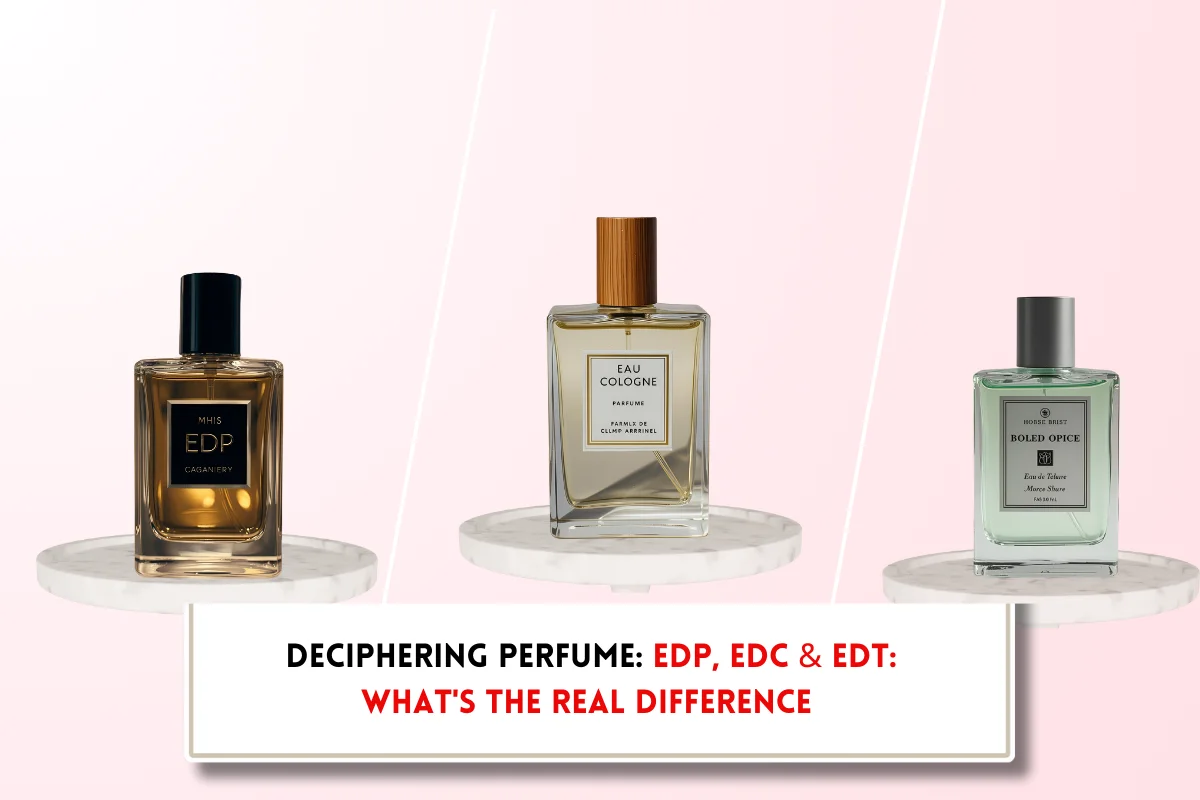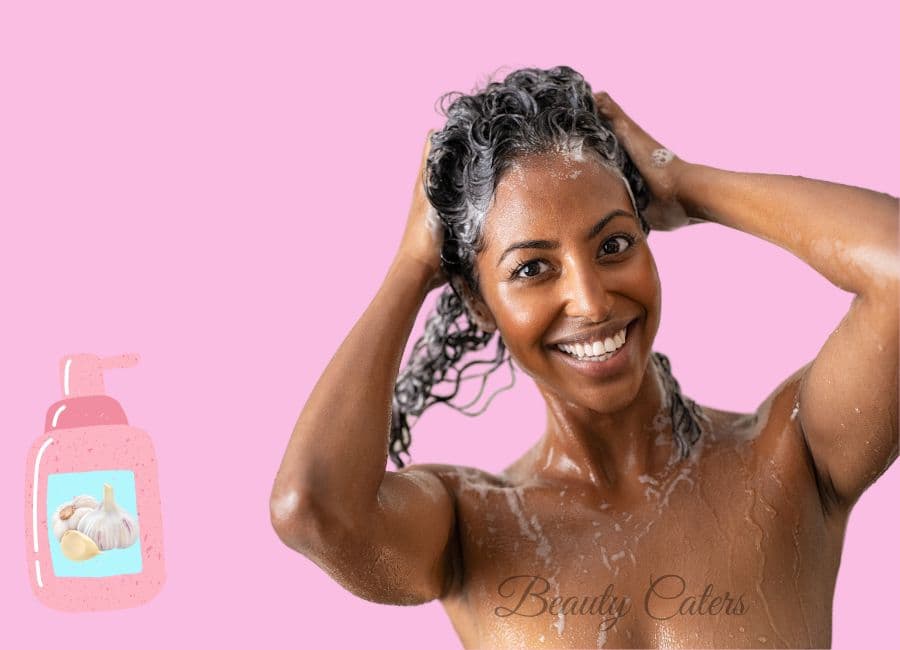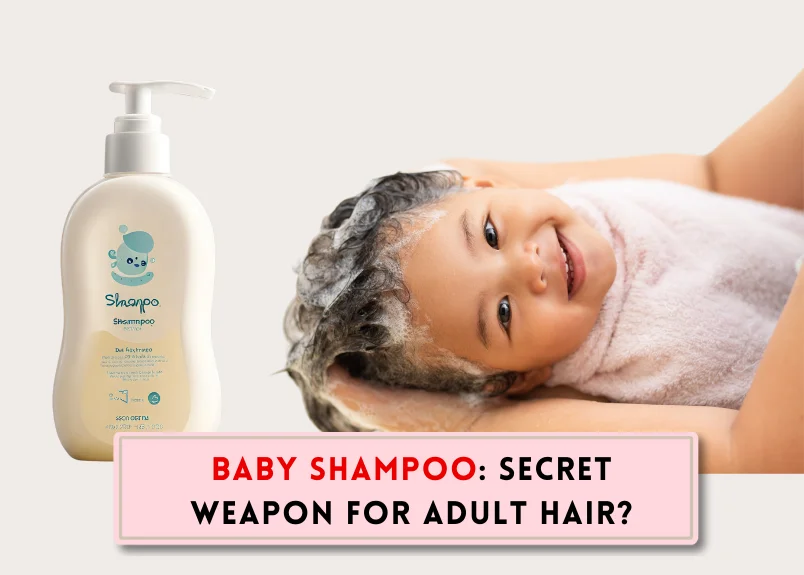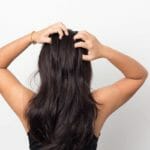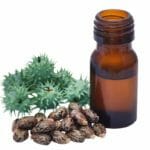Can you bleach hair with dry shampoo in it?: Explained.
At BeautyCaters, our expert team independently curates every recommended product. Purchases through our links may earn us a commission. Explore our transparent selection process.
Dreamt up a blonde bombshell transformation but a layer of dry shampoo stands between you and the golden perfection, leaving you wondered, “Can you bleach hair with dry shampoo in it?” Hold on before reaching for the bleach! Explore does dry shampoo really throw a wrench in the works, and why? Also reveal the best course of action for achieving your desired hair color without risking damage. Get ready to unlock the secrets to safe and stunning hair lightening!
- What is bleaching?
- How bleaching works on hair?
- Potential damage of bleaching
- How does dry shampoo work?
- What happens if you bleach hair with dry shampoo in it?
- Hair professional insights: Why bleaching with dry shampoo in is not advisable?
- Real-world experiences: A mixed bag of outcomes
- Hair professional’s perspectives: A call for caution
- Why you must clean your hair before bleaching?
- Final Word: Can you bleach my hair with dry shampoo in it?
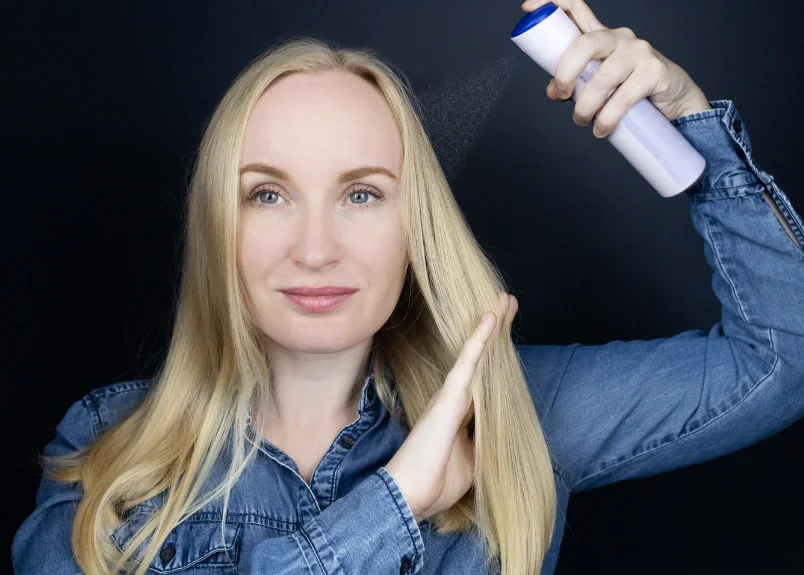
What is bleaching?
Bleaching is a popular hair lightening process that helps you to achieve dramatic lightened locks creating a canvas for vibrant new hues. This chemical process uses lightening agents to break down and remove existing or natural hair pigments. This color removal process effectively removing natural color, and unlocks the potential to achieve a spectrum of blonde shades, subsequently serving as a foundation for vibrant color applications. While the ability to achieve dramatic lightening is exciting, it’s important to understand that bleaching can also alter your hair’s texture and manageability.
How bleaching works on hair?
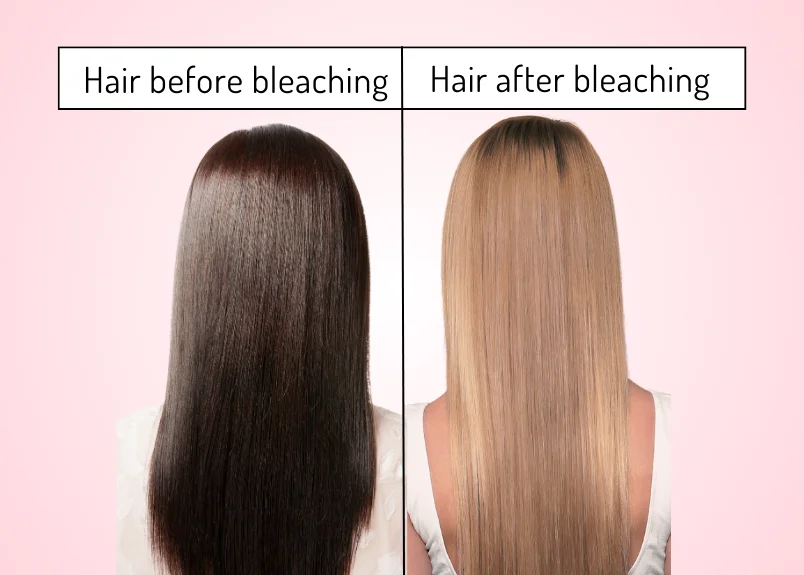
Hair is primarily composed of keratin, a protein that dictates its strength and elasticity. These keratin strands are interwoven by various bonds, providing structural integrity and maintaining hair’s overall health. However, during the bleaching process, the lightening chemicals don’t just target pigment molecules. They also disrupt these bonds, breaking them down to facilitate color removal.
This breakdown has a significant impact beyond color. Bleached hair becomes more porous, meaning its ability to absorb moisture, styling products, and even environmental pollutants increases. While this enhanced absorption can be beneficial for certain treatments, it can also lead to excessive moisture loss. This delicate imbalance can leave hair feeling dry, brittle, and prone to breakage if not properly cared for with a focus on deep conditioning and hydration.
Related: Do you shampoo after toning hair?
Potential damage of bleaching
While bleaching unlocks a world of color possibilities, it’s essential to be aware of its potential drawbacks. The lightening process can significantly alter hair’s structure, leading to a variety of concerns:
- Moisture depletion: Bleached hair loses its natural oils and moisture more readily, often resulting in dryness and a coarse texture.
- Increased breakage: The disruption of hair bonds weakens strands, making them more susceptible to breakage, especially with frequent bleaching sessions.
- Unmanageable frizz: Porous hair caused by bleaching can readily absorb moisture from the environment, leading to frizz and a lack of smoothness.
- Split ends: The overall stress placed on hair during bleaching increases the likelihood of developing split ends.
How does dry shampoo work?
Dry shampoo has become a game-changer for busy individuals seeking a quick and convenient way to maintain a fresh, clean appearance. This innovative product, typically formulated as a powder or spray, eliminates the need for traditional wet washing. When applied to the hair’s roots, dry shampoo absorbs excess oil and impurities, leaving hair feel revitalized and look presentable and enhancing its appeal.
What happens if you bleach hair with dry shampoo in it?
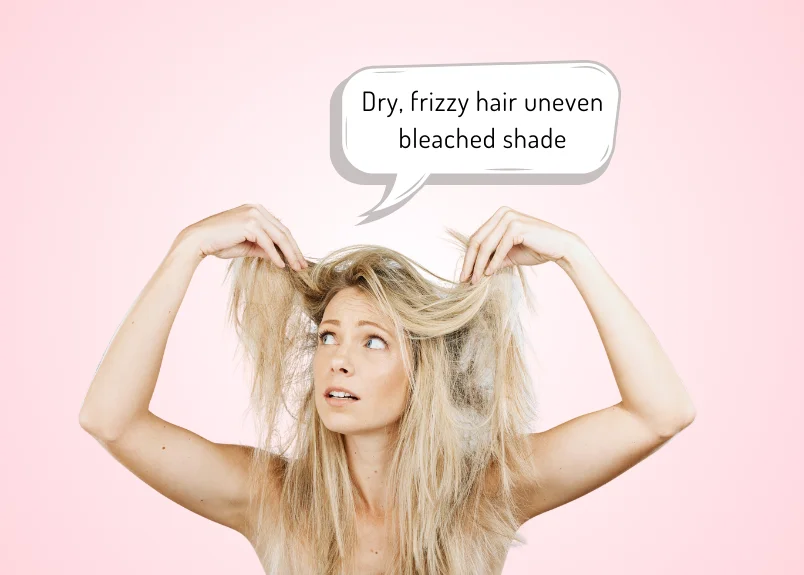
When we talk about bleaching with dry shampoo on hair, it’s kind of like mixing two very different recipes without knowing what the result will be. Combining bleach and dry shampoo introduces an element of unpredictability into the lightening process.
Bleach relies on powerful chemicals to break down hair cuticles, effectively stripping away natural or dyed color pigments. Dry shampoo, on the other hand, is a convenient solution for absorbing oil and refreshing hair between washes. However, when these two products interact, the outcome can be less than ideal.
The potential issue lies in the chemical reactions that might occur between bleach components and dry shampoo ingredients, such as starches or alcohol. These reactions can significantly impact the bleaching process, making results less predictable. Additionally, the interaction could negatively affect hair texture.
Therefore, to ensure a smooth and predictable bleaching experience, it’s highly recommended to thoroughly wash your hair with a regular shampoo 48 hours beforehand. This step effectively removes any residual dry shampoo, minimizing the risk of unwanted interactions and potential damage during the bleaching treatment.
Hair professional insights: Why bleaching with dry shampoo in is not advisable?
Hair care professionals overwhelmingly advise against applying bleach to hair with dry shampoo residue. Why? While the convenience of dry shampoo is undeniable, using it right before bleaching your hair can introduce unnecessary risks in three key ways. Here’s why it’s best to avoid this combination:
- Uneven bleach application: Dry shampoo residue can create an uneven barrier on the hair shaft, potentially causing the bleach to distribute inconsistently. This can lead to patchy or uneven lightening results.
- Unpredictable color outcome: The interaction between bleach chemicals and dry shampoo ingredients can introduce an element of uncertainty into the color process. The desired blonde shade might not be achieved, or the hair might take on unexpected tones.
- Compromised hair texture: The interaction between bleach and dry shampoo ingredients can potentially damage hair texture. This can manifest as increased dryness, brittleness, or even hair loss in severe cases.
Real-world experiences: A mixed bag of outcomes
Across various online communities, anecdotal accounts of individuals bleaching hair with residual dry shampoo exist. Some users report positive experiences, suggesting that dry shampoo may contribute to a smoother bleaching process and potentially minimize hair damage. However, the validity of these claims remains unconfirmed by scientific research. Conversely, other users document negligible differences in hair feel and texture when bleaching with or without prior dry shampoo use.
Hair professional’s perspectives: A call for caution
Hair care professionals offer diverse perspectives on this practice. Some stylists, like Alex, acknowledge a potential benefit. He says that dry shampoo absorbs oil, potentially creating a barrier that could lessen some direct damage from bleach. However, it’s not guaranteed and varies depending on your hair type. Conversely, hair scientists, like Dr. Smith, express reservations saying that there’s a significant lack of scientific research on this method. While it might seem advantageous, it’s crucial to be aware of the potential risks, such as uneven bleaching results.
Why you must clean your hair before bleaching?
While freshly washed hair might seem ideal, clean hair for bleaching purposes takes on a different meaning. Your scalp’s natural oils provide a protective barrier, making slightly dirty hair preferable to freshly cleansed strands. However, excessive build-up can hinder the bleach’s ability to distribute evenly, potentially leading to uneven lightening results. Remember striking a balance is key!

Final Word: Can you bleach my hair with dry shampoo in it?
While some anecdotal experiences suggest dry shampoo might play a role in a smoother bleaching process, the lack of scientific evidence and the potential for uneven results make it a gamble. Dry shampoo might be your saving grace for a quick hair refresh, but when it comes to bleaching, clean hair reigns supreme! Remember, healthy hair is the foundation for any stunning color transformation. To achieve your desired blonde shade with minimal risk, prioritize a clean slate.


